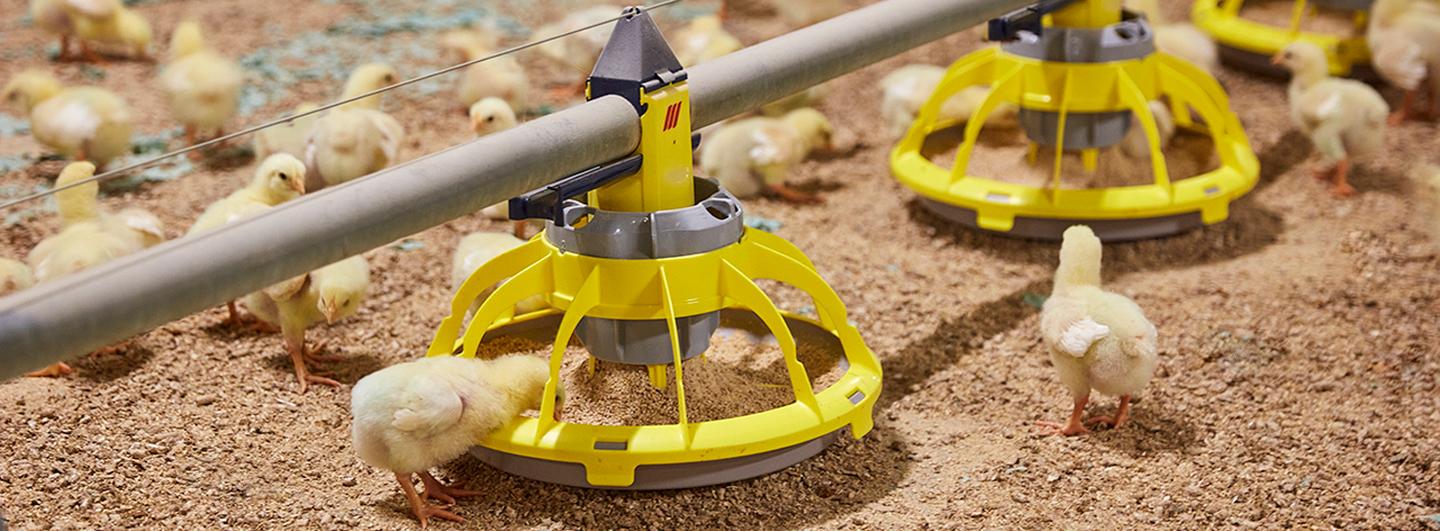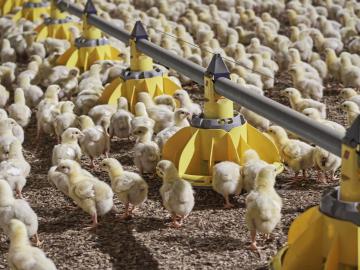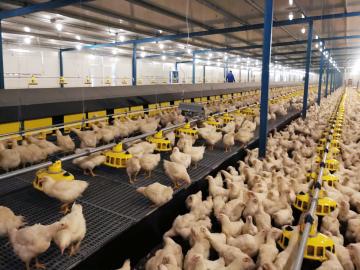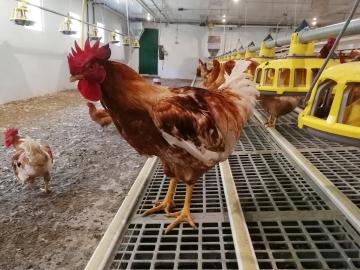Farmers in the United States face challenge of restoring profitability
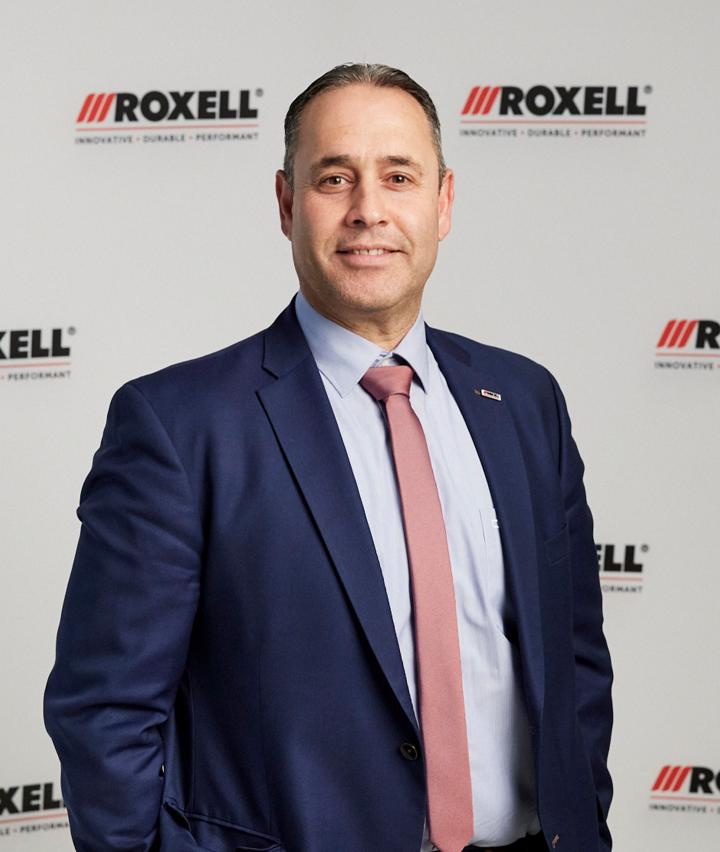
In the past 1,5 years, Yousef Daoud has spoken to many people in the American poultry sector. Poultry farmers face many challenges nowadays in terms of the profitability of their business. However, Yousef can offer solutions that help farmers to improve their profitability and to defend new investment plans for houses towards banks. He analyzes the situation in the US.
On a daily basis, Yousef uses data to prove that ̶ relatively small ̶ interventions can improve the profitability of poultry farms. Extra returns are easiest to extract from existing houses. For example, by investing in the latest generation of nesting systems to increase the stocking density in a house.
How did you come into contact with the poultry sector in the USA?
Yousef: “I have worked in the poultry sector for my entire career. So it’s safe to say I’m an ‘insider’ at this point. I’ve been a Business Development Manager for the past 4 years. I develop new partnerships and expand our existing connections. In the US, I have the most contact with large poultry corporations that supply chickens and feed to their contracted farmers. Chicken farmers own the building and house systems, but the corporation determines for a large part their purchasing decisions and management practices”.
“When I want to present our innovative house systems, I start by approaching the top rung on the ladder. It’s the poultry corporations I need to convince because they determine the choices that individual farmers are allowed to make. I demonstrate that there are new, animal-friendly ways to increase farmers’ profits. And that requires a special approach where I listen, persuade and present hard evidence”.
How does the US differ to other regions?
Yousef: “In the US, most poultry farms are contracted to large corporations, which is not always the case in other regions. The contract guarantees that the poultry integration will buy the contracted volumes. The money for the house and house equipment is invested by the farmers themselves. For the choice of material, the farmer needs to follow the guidelines in the contract which often sets out detailed specifications for the house.”
“This way of working means we have to interact with multiple levels before we can introduce innovative house systems. If there is confidence on a corporate and production level, the next phase requires a testing period with good results. After which you get the approval”.
How big are the challenges in the US when it comes to investments in poultry houses?
Yousef: “Demand for chicken is rising in the US. The logical response is to want to invest in new houses. And therein lies the problem. In Europe and US, building new houses is tricky due to policy on nitrogen emissions. However, in the past few years the financing in the US of the construction of new houses became more difficult. This problem grew because of the impact of the Covid pandemic, followed by the steep price increase of raw materials like steel and lumber. So obtaining a sufficiently profitable business case for the construction of new houses is a real challenge for poultry farmers”.
“Today, the construction of new houses has come to a halt. Also renovation and expansion projects are having difficulties to get approved. This is a huge challenge for domestic poultry production in the US.”
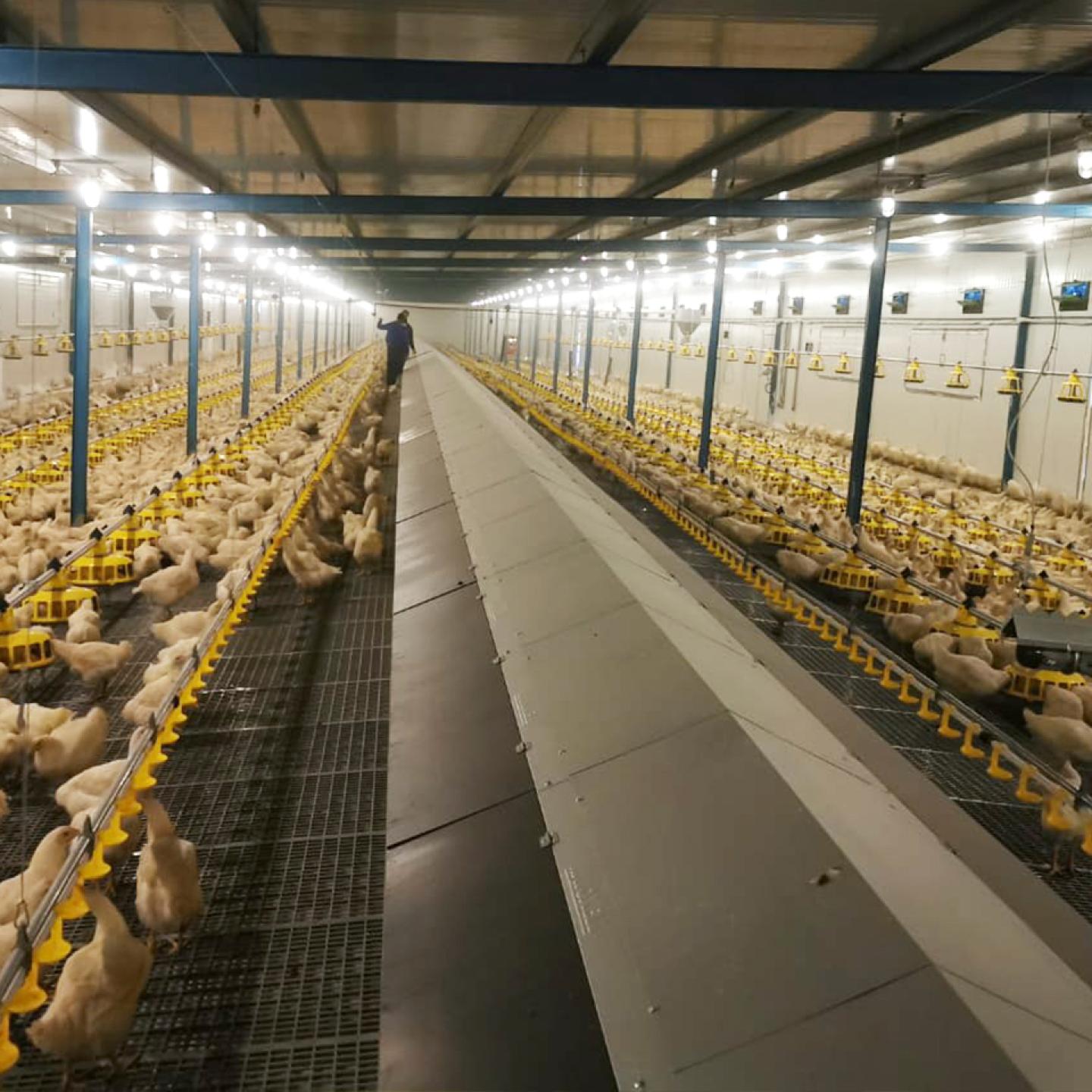
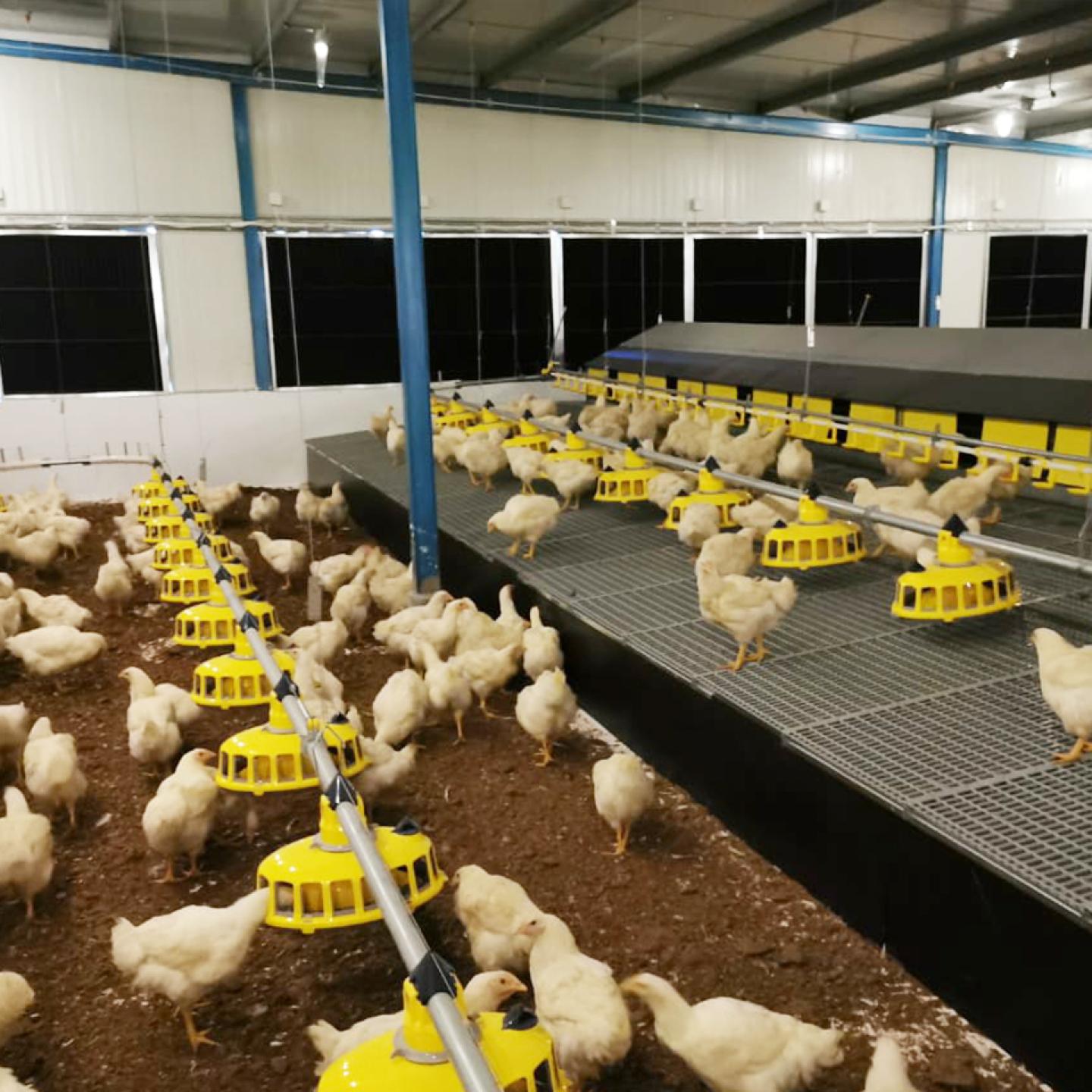
What can be done to rapidly increase profits at poultry farms?
Yousef: “By comparing this situation to other regions of the world, we can uncover a few solutions. Whereas group nests are predominantly used in Europe, individual compartments are still the norm in the US. This results in average stocking densities of broiler breeders which are 10% higher in Europe. Luckily there is now a relatively simple solution which US farmers can recur to.””
How can nests improve profitability in the US?
Yousef: “If building a brand-new house is not an option, a good alternative is to invest in a more efficient nesting system. Individual nests may have a good track record but the downside is that they do not make efficient use of the space. Less nesting space means less animals in a house.”
“In the US, the alternative to individual nests is the Shenandoah group nest. Roxell built this nest especially for the US market and it looks different to standard group nests. This is the only group nest that can be installed seamlessly in a US house, without any adjustments to the layout and animal management. The Shenandoah group nest provides space for a larger number of hens, which means you increase the total number of birds in the house. The shared compartments are spacious, hygienic and oxygen-rich, resulting in a high nest acceptance."
